ITPG-GT 2040 – 001 (23548)
[Home | 02023 Syllabus | Ideas | Resources | Gallery]
- Structure & Teaching Methodology
- Office Hours
- Student Documentation
- Assignments
- Syllabus
- Important Scheduling Notes
- Class 01, September 11 – The Nature of Time
- Class 02, September 18 – The Ecliptic
- Class 03, 09/26/23 – The Design of Time
- Class 04, October 02 – Time Code
- Class 05, October 10 – Time Machines
- Class 06, October 06 – Seeing Time
- Class 07, October 23 – Time Code 2
- [ [ Class 08, October 30 : Midterm ] ]
- Class 09, November 06 – Time/$
- Class 10, November 13 – When Are We?
- Class 11, November 20 – Cepheid Variables
- Thanksgiving Break, November 23
- Class 12, November 27 – Final Workshop
- * Class 13, December 04: Finals I *
- * Class 14, December 11: Finals II *
- Class Policies
Structure & Teaching Methodology
This is a production course about big ideas. I’ve tried to organize the syllabus to interlace conceptual and technical topics, as I want to provide new tools for interesting work along with thought-provoking ideas to fuel your creativity. As often as possible, classes will have both, with an emphasis on creative discussions during class meetings (as technical issues can be addressed in office hours). There is so much a Time class could cover; I’ve tried to filter for material that is actionable, inspiring, and important. That sill leaves way more than can fit in fourteen weeks. Nevertheless…
This is a 14-week course that meets once a week in person. During class we will discuss conceptual and technical information related to time, provide feedback on assignments, and have opportunities for hands-on technical practice with hardware and software. Weekly prompts will guide work outside of class and build toward a final project, while weekly time-themed readings will stimulate discussion. The course will cover both hardware and software, and students will have the flexibility to design their final project around material availability.
Office Hours
I have an NYU office hour calendar and will be posting hours there when the semester begins.
Student Documentation
As is typical at ITP, please document your work for this class online. Set up a URL that shows only work for this class – if you’re using a blog, have a tag or category for the class, for example. Document early and often – more frequent rough-draft posts are better than fewer super polished ones, and help me understand your progress in the class. An assignment or project should have a final post that captures the work, including references.
I will use a shared class spreadsheet to compile things like links to your documentation. Access the doc through your NYU account.
Assignments
Deliverables
Overview: During weeks 1-5 you will complete weekly production assignments. During weeks 6 and 7 you will develop one of the initial assignments further into a midterm presented in week 8. After week 8 you will develop a final project to be presented in weeks 13 and 14.
In week 6 we will have a field trip to the Horological Society of New York in midtown Manhattan.
Weekly Exercises
During weeks 1-5 you will complete weekly production assignments. These will be documented online, and we will review a portion of these in the following class each week. Specifics of each assignment are listed in the weekly syllabus below. You may work in groups of two for these assignments.
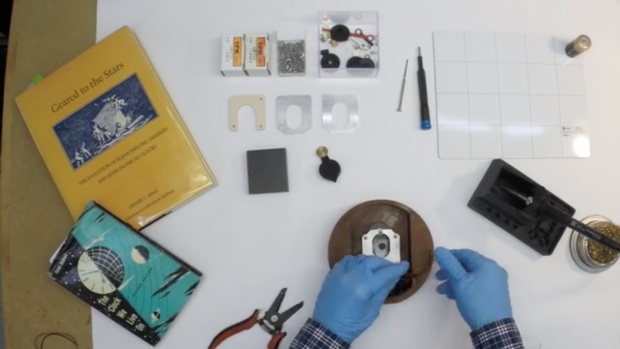
Midterm
During weeks 6 and 7 you will develop one of the initial assignments further into a midterm presented in week 8.
Due: Presented in class and documented by class eight (October 30).
Final
I believe constraints make for good work. I also feel the initial rapid projects are already reasonably constrained. So for your final project, I ask you to create the constraints yourself, as long as the project is related to Time and demonstrates creative and technical excellence. I will check in with you throughout the semester (in and out of class) to discuss progress towards final projects. Elaborating on an earlier project – from this class or others – is perfectly fine, as is working in groups up to three people (larger, please see me).
In your documentation for the final, include at least three sources, which could be passages from the Rovelli and Griffiths texts, or other readings; and two or more related art works.
Presented in class weeks 13 (December 4, software projects) and 14 (December 11, hardware projects). Final schedule TBD depending on type and number of projects.
Readings
There are a lot of materials in the syllabus under the Ideas and Resources categories. You will review this material at the outset of class, as they will form a common set of vocabulary and reference points for ongoing course discussions.
Weekly short readings will be assigned during the first half of the semester and discussed the following week.
Students will choose to read one of two books about time: Carlo Rovelli’s small, beautiful book, The Order of Time, and Jay Griffiths’ wide-ranging and thought-provoking work A Sideways Look At Time (also known as “Pip Pip” in the UK). (You could read both!) In the second half of the semester, student groups will present and lead discussions based on their selected book.
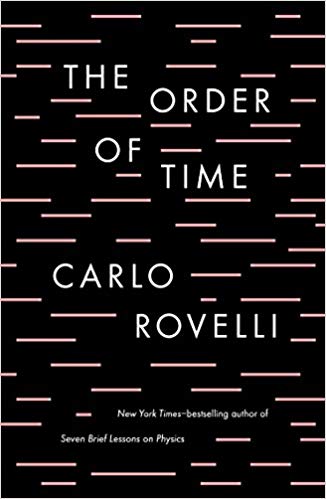
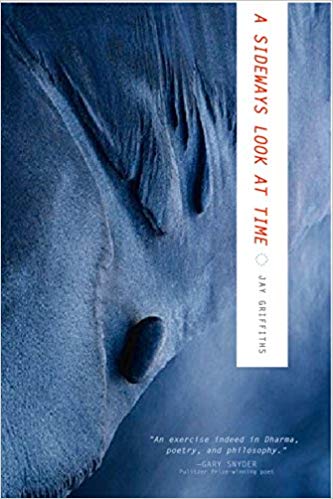
Rovelli is a physicist with a poet’s sensibility, and he presents a scientific view of time that is approachable and moving. The text is available to read online through the NYU library, although I recommend a hardcopy, as it is cute, and has extensive end notes. It is a small book that can be read cover to cover in a few days.
Griffiths covers everything outside the scientific efforts to measure time: time in politics, power, culture, gender, and more. It should be read differently from the Rovelli. In my experience, it seems to alienate some students while exciting others. Feel free to jump into the text at random. Find two or three chapters that really resonate with you and focus on those.
(02022 note – The Griffiths reading is getting harder to find in print. You may have luck on Amazon. There is an excerpt from her book on her website, and I’ve transcribed a beautiful passage from her interview in the documentary Keeper of Time. Start here if you’re having trouble finding the text.)
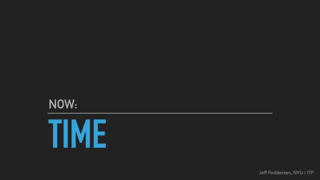
Throughout the semester I will use slides to illustrate points, guide discussions, and generally help me organize the material I want to cover in each class. These are generally not designed as stand-alone documentation; however, to the extent they will be useful I will share drafts with the class. If anyone has difficulty seeing the material in class or accessing it when shared, please let me know so we can work out how best to get the material to you. You can see last year’s slides from that syllabus; I will modify or update these as I prep material for this year.
Syllabus
Important Scheduling Notes
I have a conflict with the third class meeting and will reschedule the class, likely to the following Tuesday. The change will be reviewed in class.
The 5th class meets on a Tuesday due to the university-wide semester schedule.
The 6th class will meet at the Horological Society of New York:
20 West 44th Street, Suite 501
New York, NY, 10036
(212) 704-404
Class 01, September 11 – The Nature of Time
Hi!
In this class we’ll meet each other, and I’ll give an overview of some of the many topics that could be included in a class called “Time”, including the fascinating story of the 2000-year-old Antikythera Mechanism and its connection to modern computers. We’ll discuss personal connections to time – the many ways time is perceived individually, culturally, historically, politically. We’ll review the syllabus, schedule, and course materials.
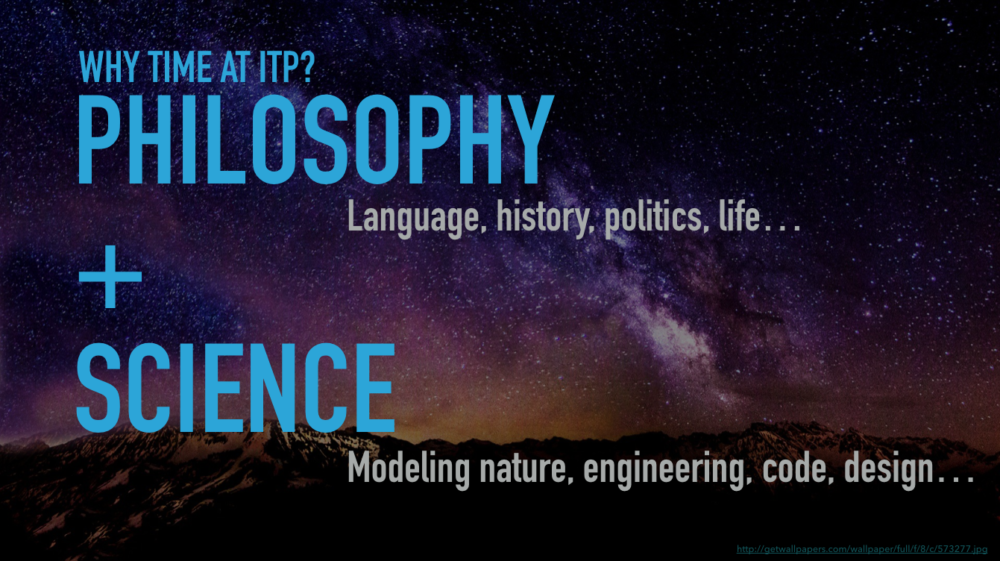
Agenda
- Introductions
- The story of the Antikythera Mechanism and the Clock of the Long Now
- The connection between modern computers and ancient clocks
- Personal connections to time
- Class logistics, resources and materials
Presentation Gnomon
Activity International Fixed Calendar “Astrology” Groupings. Date converter sketch. Notes on the IFC.
Activity Human Planetarium (Elevation and Azimuth)
Watch Excerpt from Keeper of Time
Assignments
- Timekeeper Design Hunt: Clocks are cool! There are so many fabulous examples of artists working with time, historical timepieces, astronomical equipment, and more. Collect and post eight “timekeepers” you love. These could be watches or clocks you like; time-based art installations you’ve experienced; astronomical historical sites; etc. Come prepared to talk about one or two in particular during discussion in class next week. Questions: Collective Miro board? Or other way to share visual inspiration?
- Add a link to your class blog to the shared document
- Reading
- Scan the Time materials on https://fddrsn.net/teaching/time, especially the Resources [Bibliography, Hardware, and Software], Ideas, and Gallery. Come with questions.
- Griffiths excerpt (this document contains an excerpt from her book and a transcription of an interview)
- Brand, Kairos and Chronos
Resources: Stellarium, Suncalc and Mooncalc. Make sure to set location to 370 Jay Street, and time to 1PM EDT today. Find coordinates as Azimuth and Altitude or Elevation (as opposed to Right Ascension and Declination). Use compass and level apps to find direction towards sky object. Set compass to use true (not magnetic) north. Use anything (paper + tape, your arm, anything) as pointers.
Class 02, September 18 – The Ecliptic
How (part of) the universe works.
Asimov called Earth the “clock we live on” (and wrote a book by the same title). We will look at the unique features of our night sky, seasons, and moon from which emerge fundamental aspects of human time.
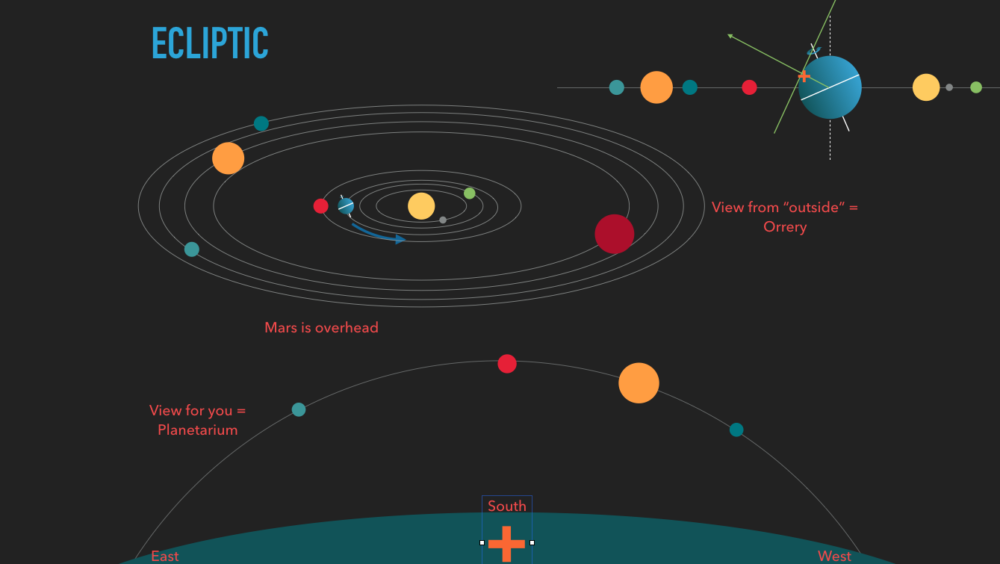
Agenda
- Weekly holiday roundup
- Discussion on timekeepers you found
- Discuss syllabus; Griffiths and Brand readings; Kairos
- Crash course in astronomy
- Look ahead at useful components and resources
Presentation The Ecliptic I
Activity Which way is your time?

Assignment
- Prototype a sundial or tool to observe a star, planet, or satellite. Bring physical examples to class. Post brief documentation to your blog. See these notes on sundials.
- Listen to (or read the transcript) of this interview with Lera Boroditsky on Language, Thought, Space and Time.
Resources:
Class 03, 09/26/23 – The Design of Time
[Note: This class has been rescheduled to TUESDAY 09/26/23 at 9:30AM]
The unique design language of timekeepers.
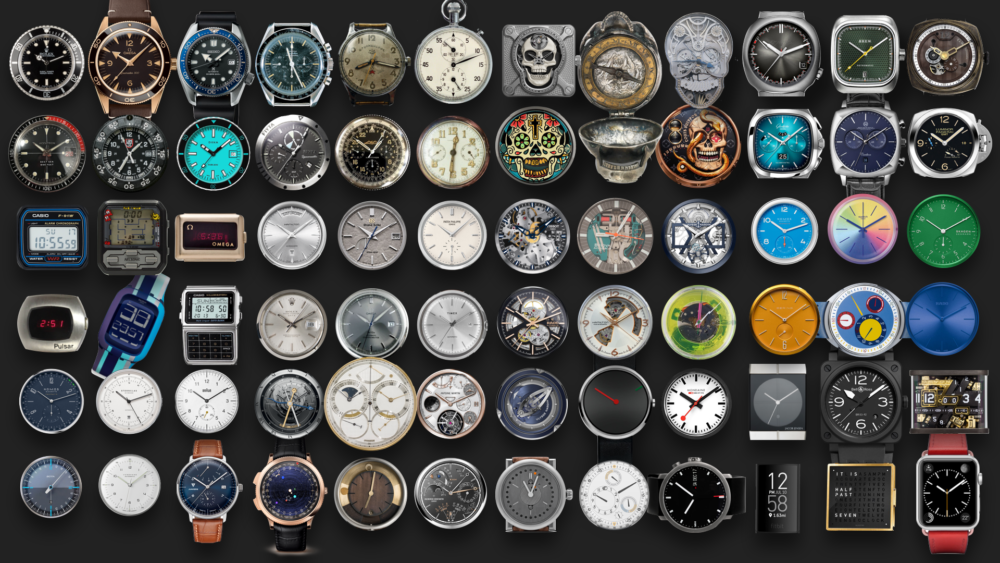
Time is an incredible inspiration for design! We will look at the unique visual-, data-, and industrial-design aspects of timekeeping devices. We’ll focus especially on watches, since these wearable timekeepers have the highest constraints on size and legibility.
Agenda
- Weekly holiday roundup
- Review sundial assignment
- Discuss Boroditsky time and language
- Visual design in watches and clocks
- Escapements
Presentation Watch Face Design Study
Assignments
- Create four timekeeper visual designs. These could be sketches in traditional media; cardboard prototypes; digital 2D or 3D designs. You may use code to generate static designs, but don’t implement anything dynamic in code yet (that’s coming!)
- Look ahead to the techniques and libraries that will be surveyed in the next class. Come ready to try out some code in P5, Arduino, or both. Download libraries for Greensock and/or Func (JS) Ramp and/or Tasker (Arduino)
- Reading
- Syllabus notes on Timekeeping Devices, Watch Face Design, and Bad Clocks.
- This overview of Tufte’s data design principles.
Resources
A zip of the Arduino code with Ramp and Tasker examples. Demo videos from 2020 (private for class, password is orrery). Ramp, Tasker, Next Level
Class 04, October 02 – Time Code
Code as meta-temporal objects; music and code
All art exists in time (since all exists in time…). The most inert stone sculpture changes appearance as sunlight moves across it, while the culture perceiving the sculpture changes as well. (Rovelli: a kiss is an event, but so is a rock). Performance art forms such as music, theater and film, are especially time-based.
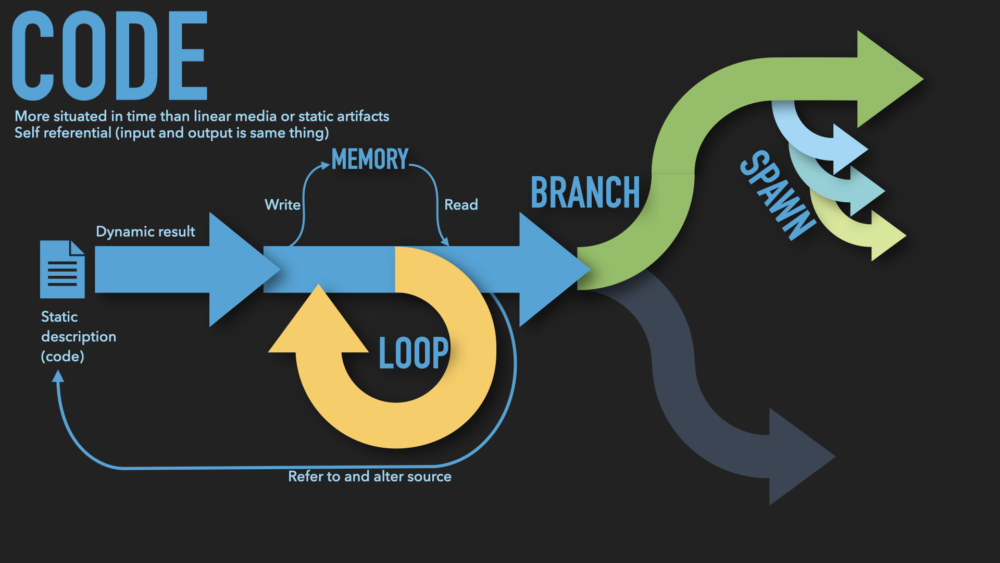
I believe code is the most time-based art form, the medium with the most complex relationship to time. Static source code generates dynamic execution that loops, forks, spawns. Code reads and writes to memory and can alter itself. Everything exists in time; code plays with it.
Agenda
- Weekly holiday roundup
- Review selection of timekeeper designs
- Code as temporal art
- Ticks, easings, timelines, and simulations
- Arduino and P5 examples
Presentation Code in Time
Activity Compile along with Jeff
Assignments
- Take two of your visual designs from last week and implement them in code such that they change over time. Post the results to your blog.
- If you have not already done so, purchase, find, borrow or share one or more of the following: A real-time clock module, stepper motor, or quartz clock movement. Bring to the next class.
- Reading: A short portion of Paul Ford’s Code issue of Bloomberg, from “Let’s Begin” to “How Do You Type an ‘A'”. Note – this relies heavily on browser interactivity circa 2015.
Class 05, October 10 – Time Machines
Note: (This class meets on a Tuesday! University-wide schedule change.)
Some useful hardware for Time
The software above can run on “big computers” or microcontrollers. But we can dig deeper into the origin of a “tick” (or “loop” or “draw”) beginning by diving into the source-code for the simple “delay” function in Arduino. We’ll also look at some microcontroller-specific examples like interrupts; and special hardware like quartz clock movements and real-time-clocks.

Agenda
- Weekly holiday roundup
- Review software sketches
- Dissecting Delay
- Movements in general, quartz clock movements, stepper motors
- Interrupts, RTCs
- Look ahead to HSNY trip
Presentation Time Machines
Activity Compile along with Jeff
Assignments
- Quickly prototype a time machine: a physical computing sketch that is complex in time. Consider using any of the following: direct access to millis(); Ramp, Tasker; an RTC; interrupts; a stepper. Alternately, you may use a quartz clock movement in a creative way. Document your machine via a time-lapse or slow motion video.
- Reading: Svetlana Boym, excerpt from “The Future of Nostalgia“
- Background on HSNY: The origin of the horological library, and a fun article that quotes Dr. Marraccini.
Resources:
These include:
BasicInterrupt Minimal button handling interrupt example.
InterruptStudy Uses encoder (which in turn uses interrupts internally), plus custom interrupt for button, plus structs for keeping various independent timers
ds3231RTC Boilerplate RTC code using Adafruit library
ds3231DemoWithOled Boilerplate RTC code using Adafruit library, with OLED display
AccelerometerWithAveraging (For Data to Meaning Class) Uses onboard IMU from the Nano 33 as a source of noisy real world analog data. Shows various filtering techniques to derive more “high-level” events from low-level raw data
SimpleButtonMeaningClassifier1, 2, 3 (For Data to Meaning Class) Shows increasingly higher-level classifications of button presses.
Class 06, October 06 – Seeing Time
Literally!
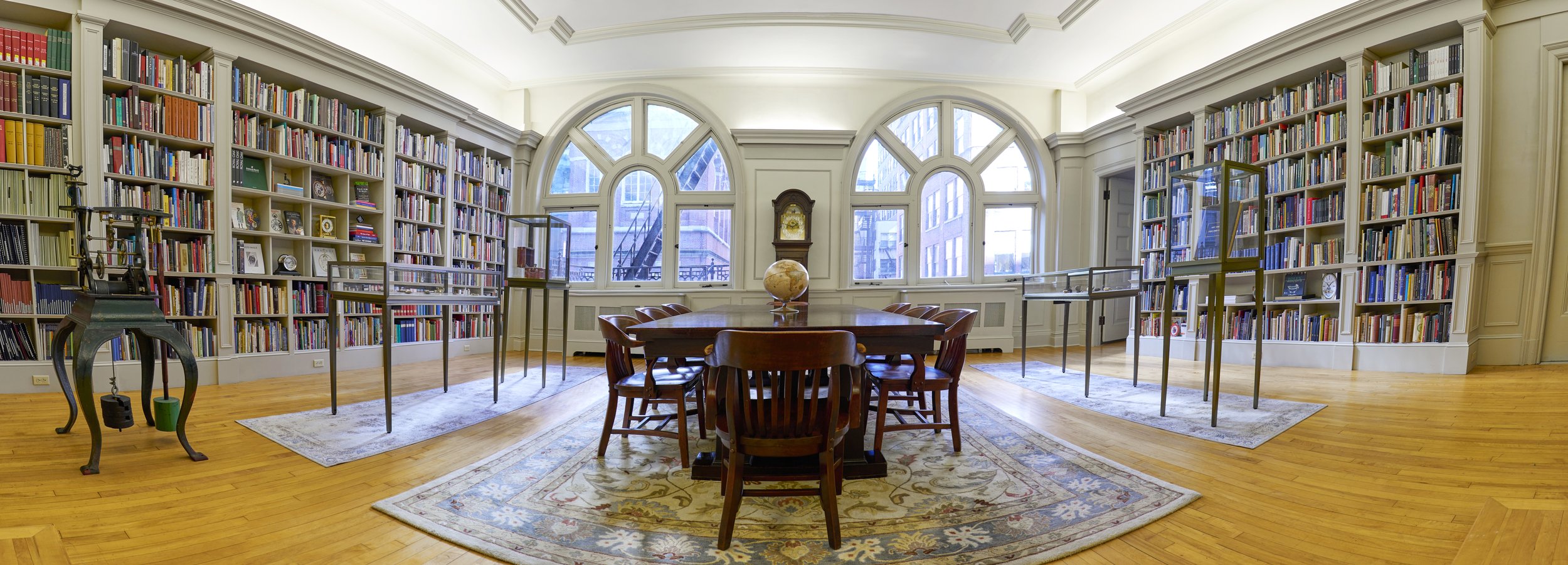
Agenda
- Meet HS-NY librarian Dr. Miranda Marraccini
- Tour the HS-NY library and classrooms
Assignments
- Review syllabus materials related to seeing time: time-freezing, -compressing and -expanding media.
- Review the time code examples for next week.
- Begin developing one of your projects more fully for midterm presentations in week 8.
Resources
Class 07, October 23 – Time Code 2
How does data become meaning?
Raw data, the formless lump of numbers that computers deal with, has no intrinsic meaning. To imbue data with meaning we must consider data in order, in time. How we understand a number has a lot to do with the time window we place it it.
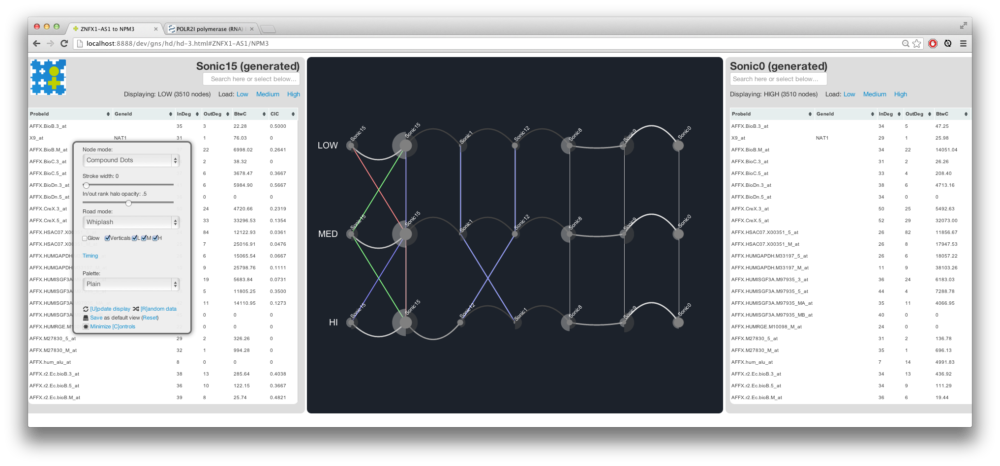
Agenda
- Weekly holiday roundup
- The humble button revisited
- Filters and FFTs
Presentation Data to Meaning
Activity Midterm Workshop
Assignments Complete midterms
[ [ Class 08, October 30 : Midterm ] ]
In-class activity: Midterm project review
Class 09, November 06 – Time/$
Who owns time? Do you own yours?

Agenda:
- Midterm review; final plans
- Final reading commitment
- DST is over
- Time Zones
- Modern Times
- Time and labour, time and freedom, time and power.
- Look ahead to “When Are We” discussion.
Presentation: Buying Time
Activity: Buying time discussion
Reading:
- Continue your chosen text (Rovelli or Griffiths) at a pace to finish before the Thanksgiving Break.
- Bonus – here are two very short stories by Ted Chiang published in Nature: Catching Crumbs from the Table and What is Expected of Us. Chang often deals with the nature of time and his other work is highly recommended!
Assignments:
- Think about your favorite representations of time in pop culture – movies, music, books, etc. to share next week. Historical dramas? Sci Fi? Bring it in!
- Continue working on the final.
- Draw in your prediction for the future of humanity on this chart. Post (or bring in) for us to compare next week.
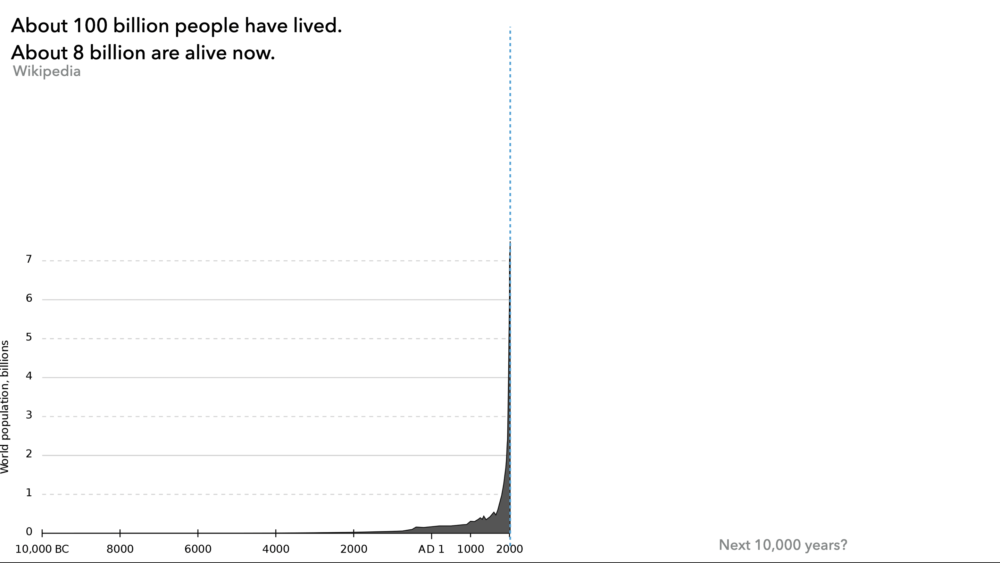
Resources: Buying-TimeDownload
Class 10, November 13 – When Are We?
Ideas for locating ourselves in time.
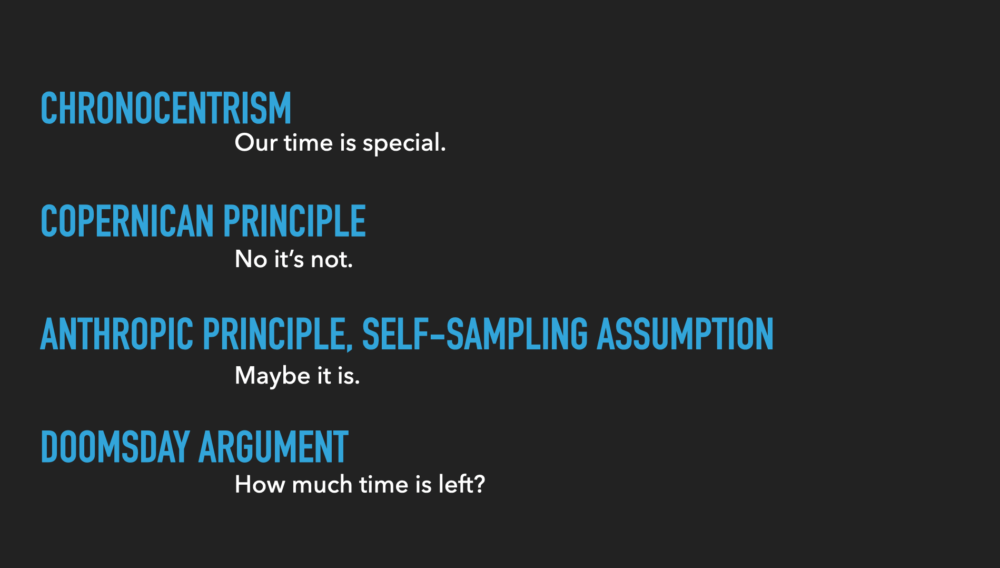
Agenda:
Ideas for trying to locate ourselves in time.
Presentation: When Are We?
Activity: Share our predictions for the future.
Assignments:
- Continue working on the final
- Post to your blog a final Project Title (or code name), Short Description, and System Diagram
- Prepare for a discussion of the Rovelli and Griffiths readings
Resources:
Class 11, November 20 – Cepheid Variables
This history of the size of the universe, up to and including space lasers.
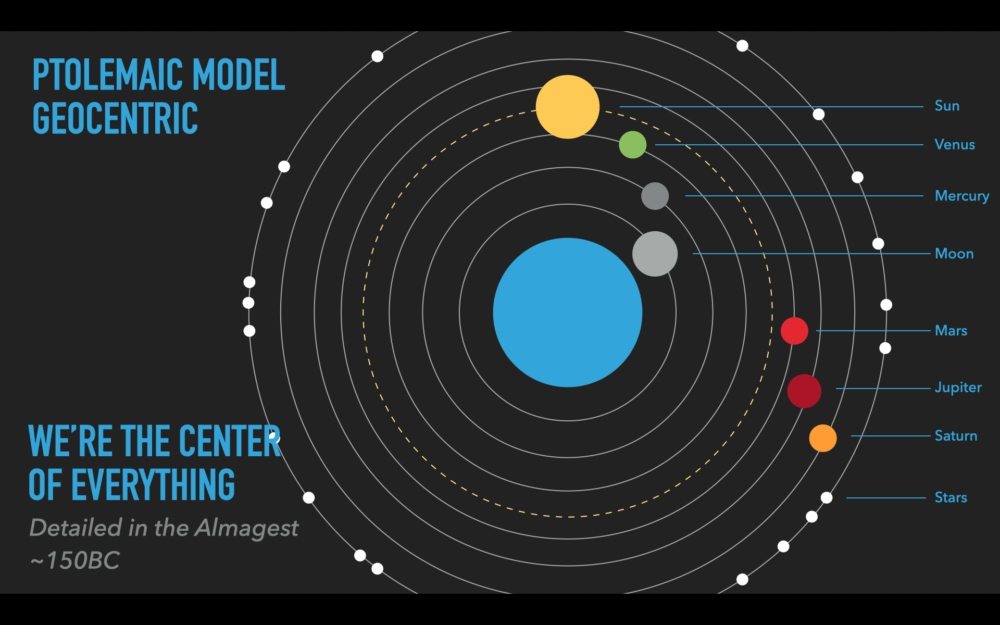
Presentation: The size of the universe.
Assignment: Continue developing your final project; finish your Rovelli/Griffiths reading.
Resources:
Interactive Map of the Universe
Time-Size-of-the-UniverseDownload
Thanksgiving Break, November 23
Class 12, November 27 – Final Workshop
GTD
Topic: Final workshop
Technical material: None.
In-class activity: Meetings re: final projects.
Do before next class: Finish final.
Production assignment: Final
Resources: Me.
* Class 13, December 04: Finals I *
Front-loading software projects.
* Class 14, December 11: Finals II *
Back-loading hardware projects.
Class Policies
Grading
The most important thing you can do is arrive to each class on time and be prepared to actively, civilly participate with your peers and engage with the material. Please put your best effort into assignments and readings, and keep a record of your work online. ITP is pass fail, but the equivalent of a B or higher is required to pass.
- 20% In-class work and participation, readings, discussions.
- 20% Production assignments 1, 2, 3, art share, reading share
- 20% Midterm
- 30% Final project
- 10% Documentation
Participation & Attendance
On-time attendance and active participation required. Arrival later than 15 minutes after our start time is an absence. ITP policy allows two unexcused absences before automatic failure. If you must miss any class, or will be unable to attend at a certain time, let me know asap. Feel free to use devices to fact-check me in real time; but screens away when your peers are addressing the class.